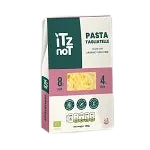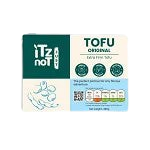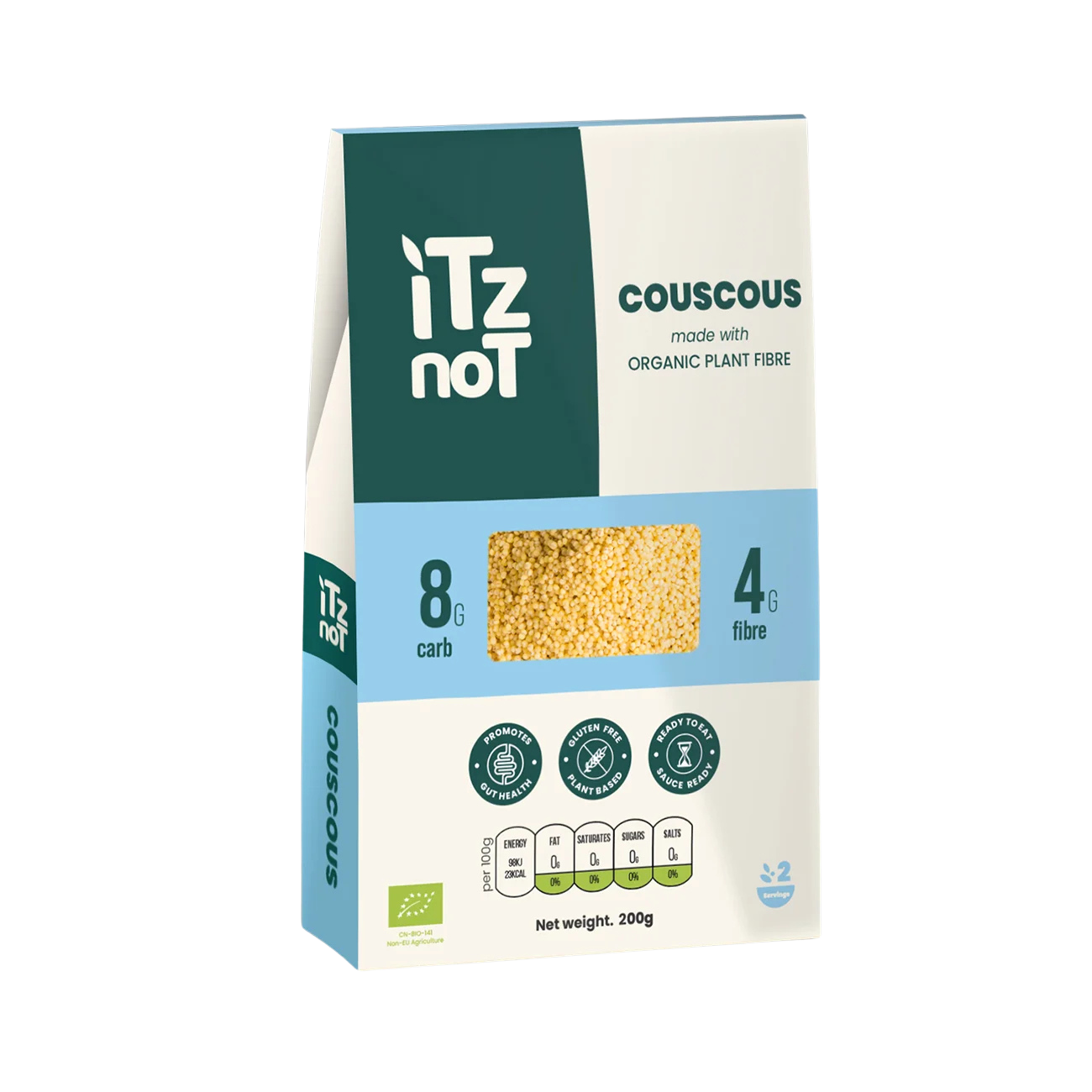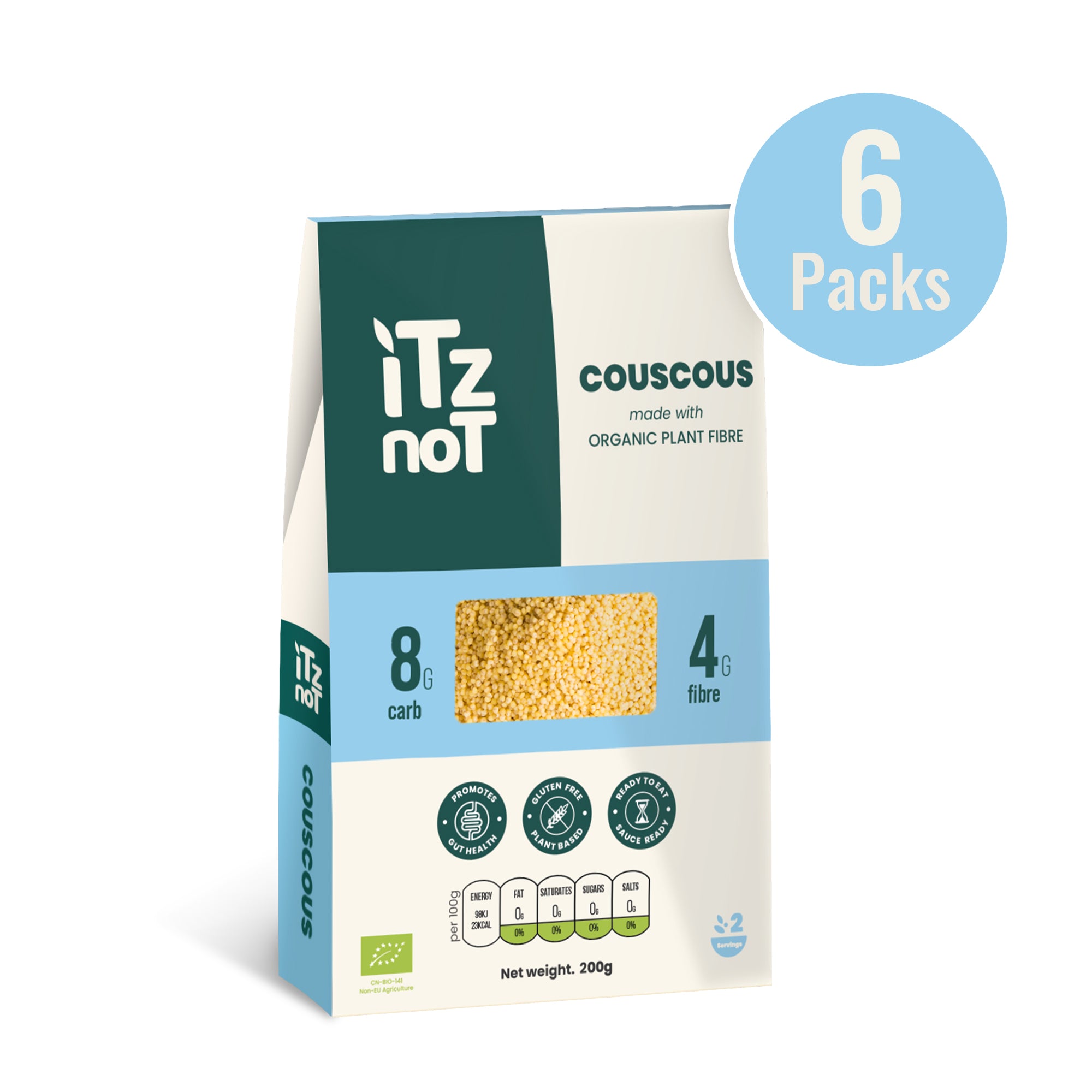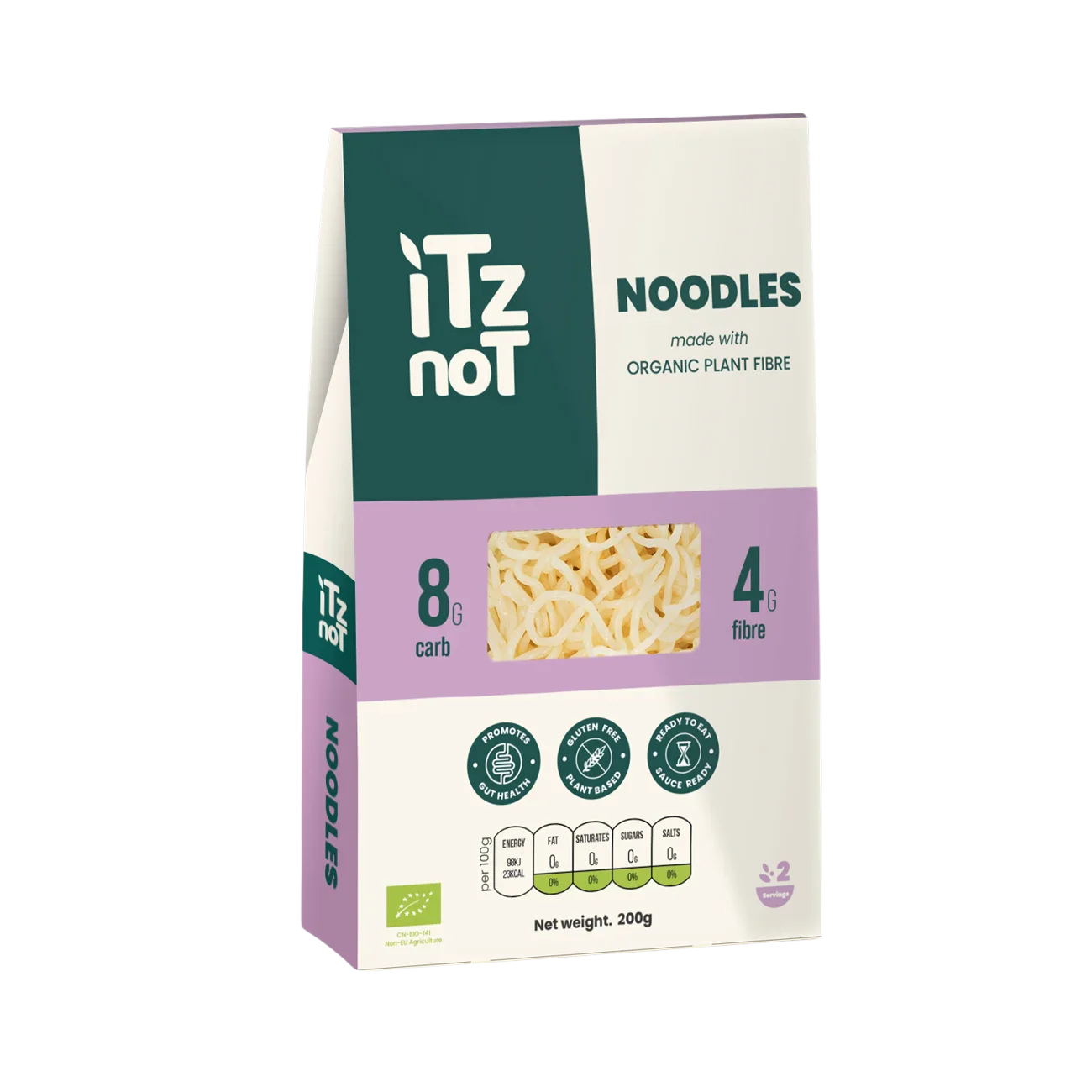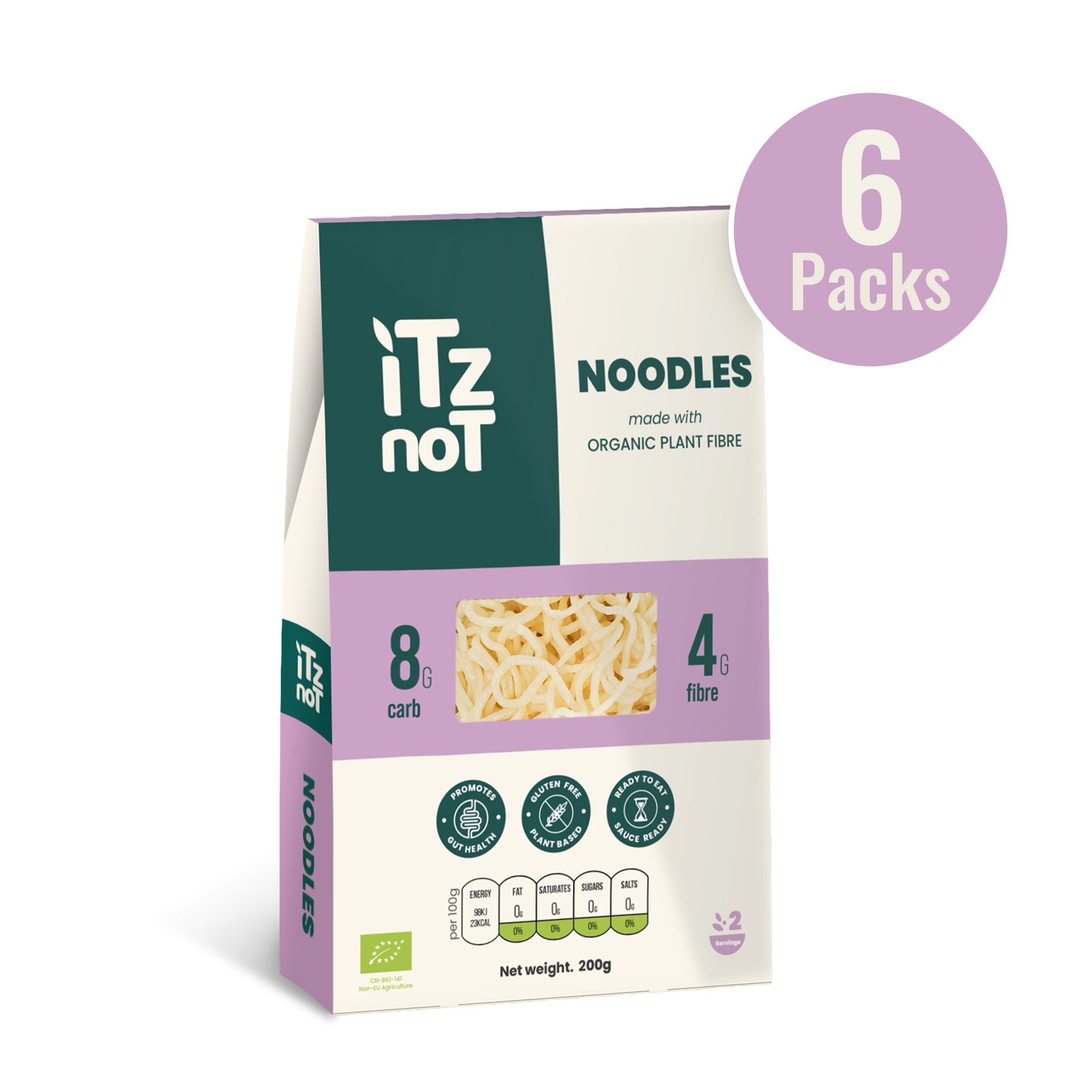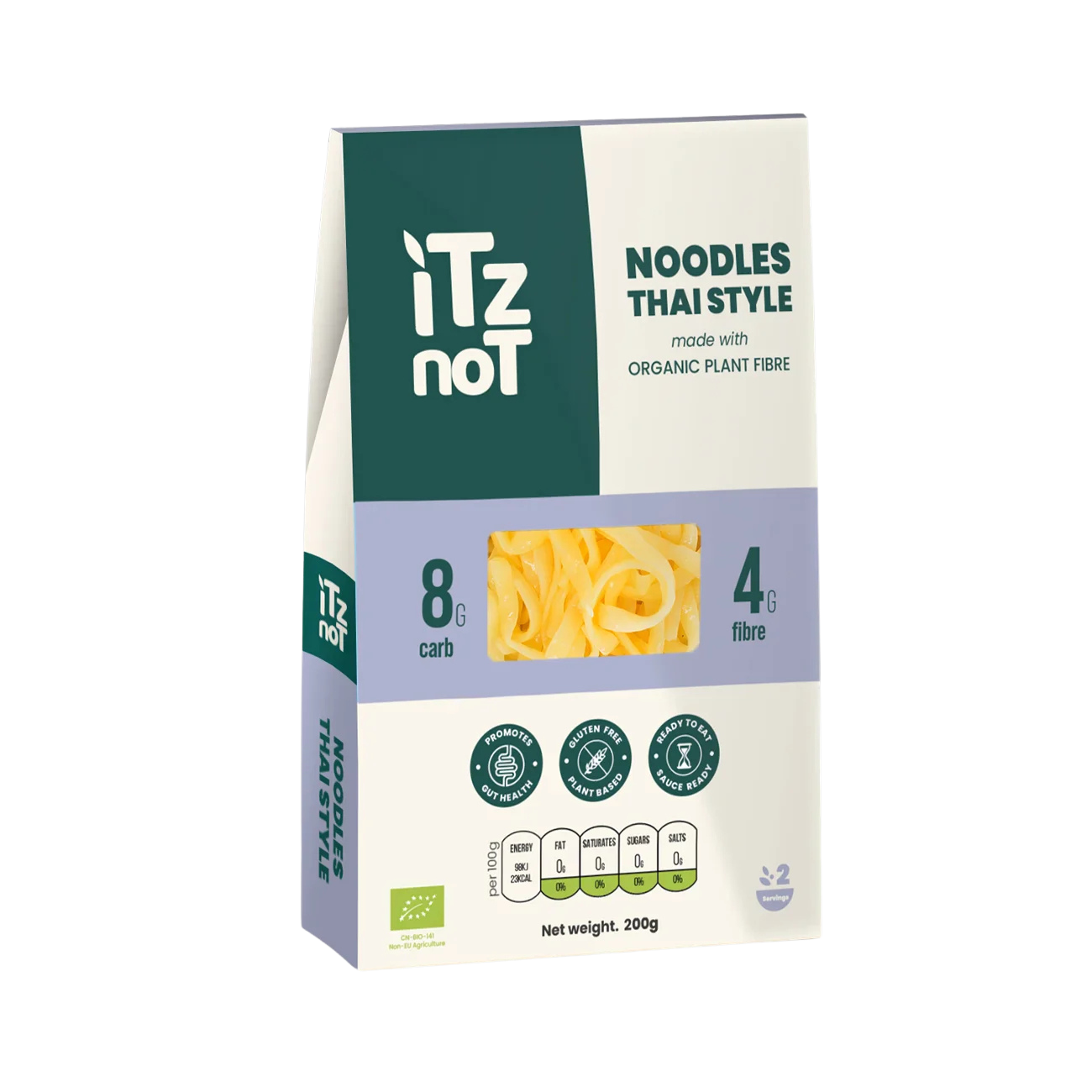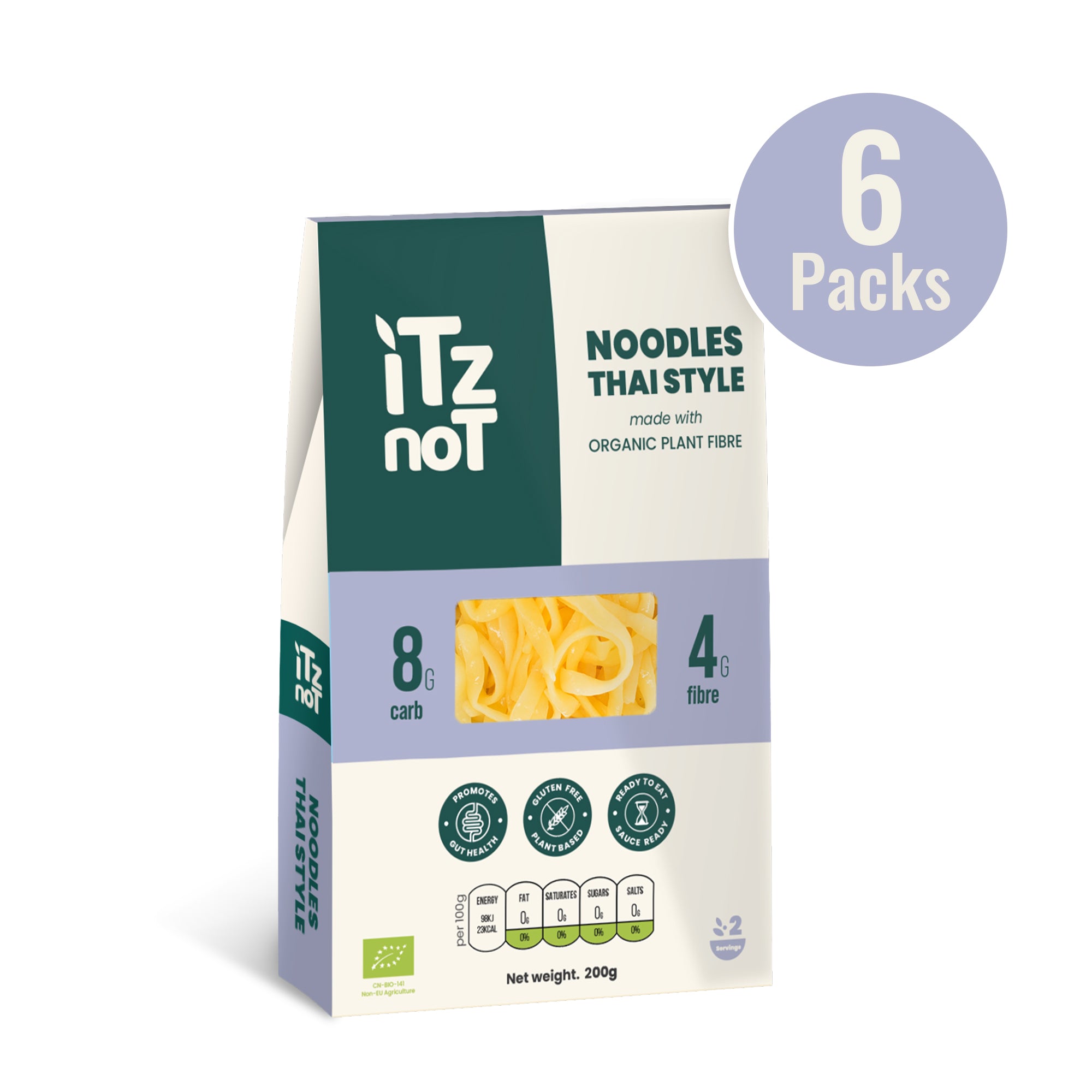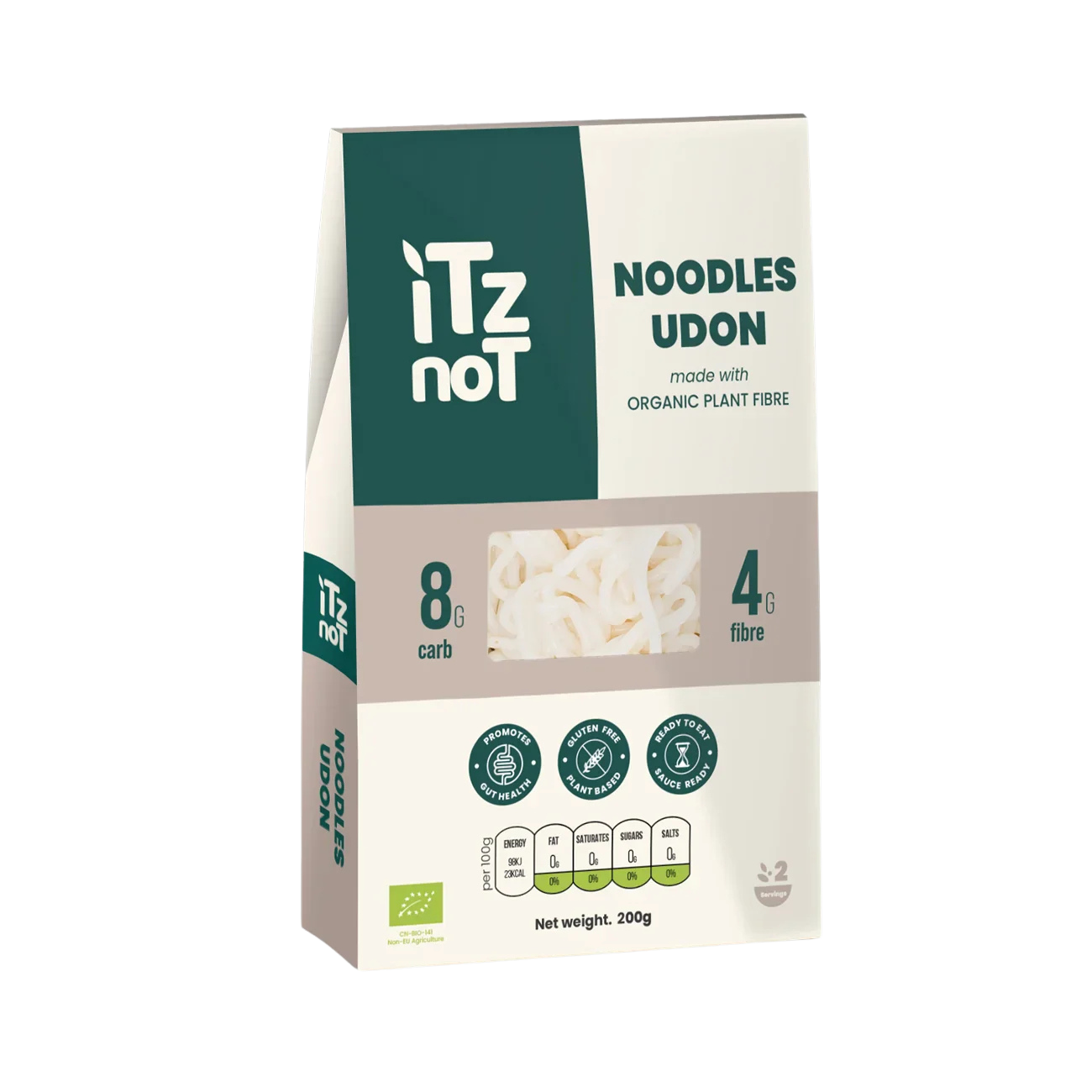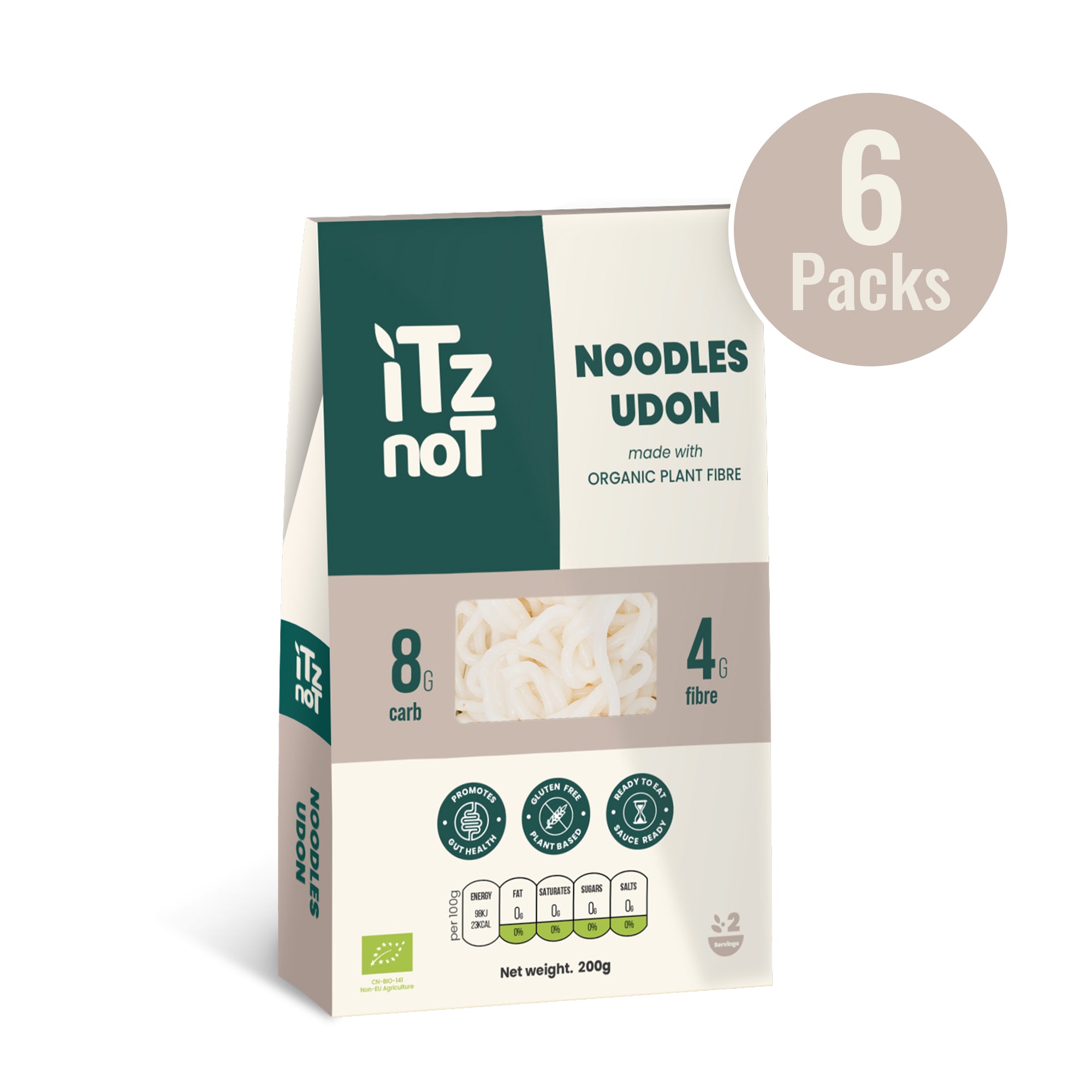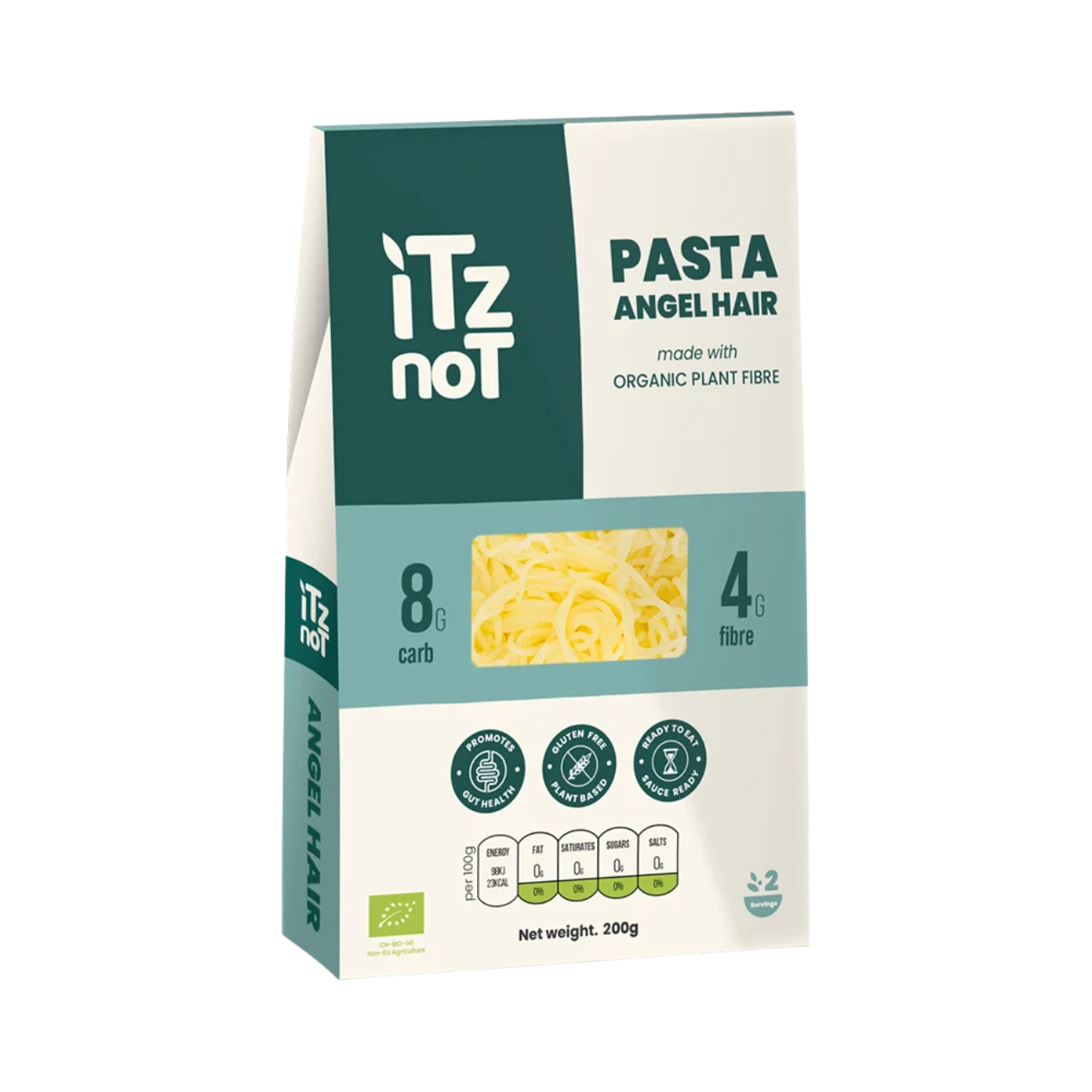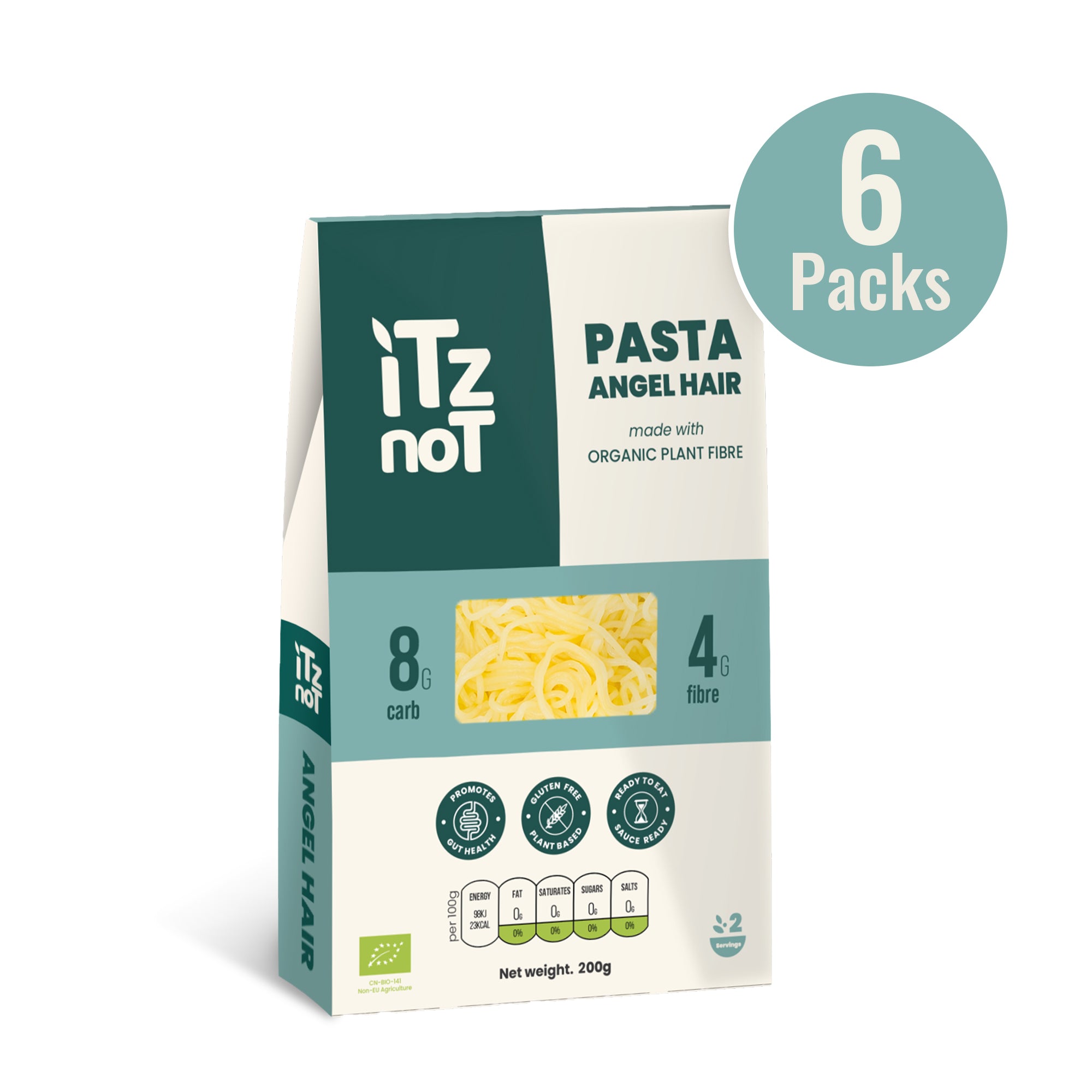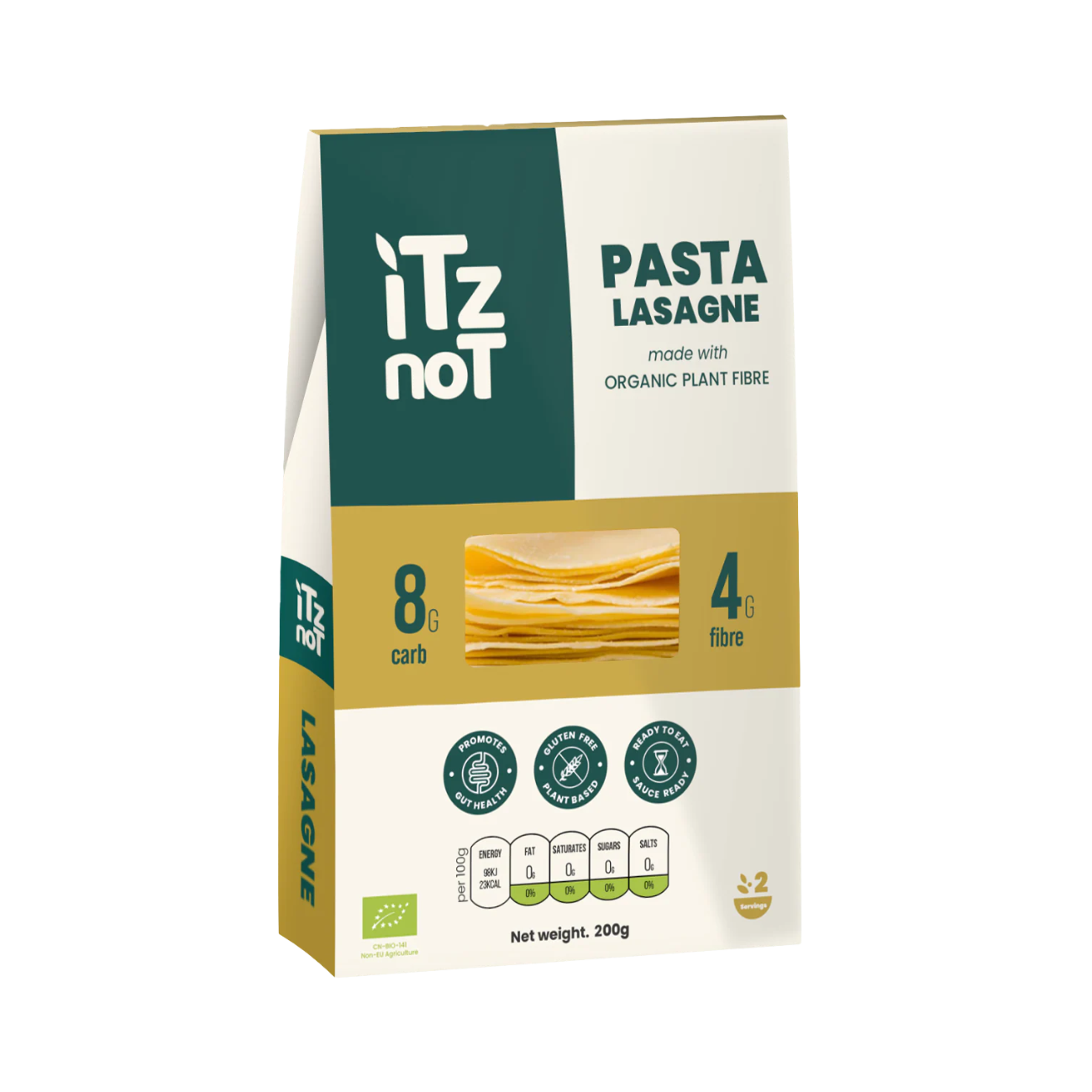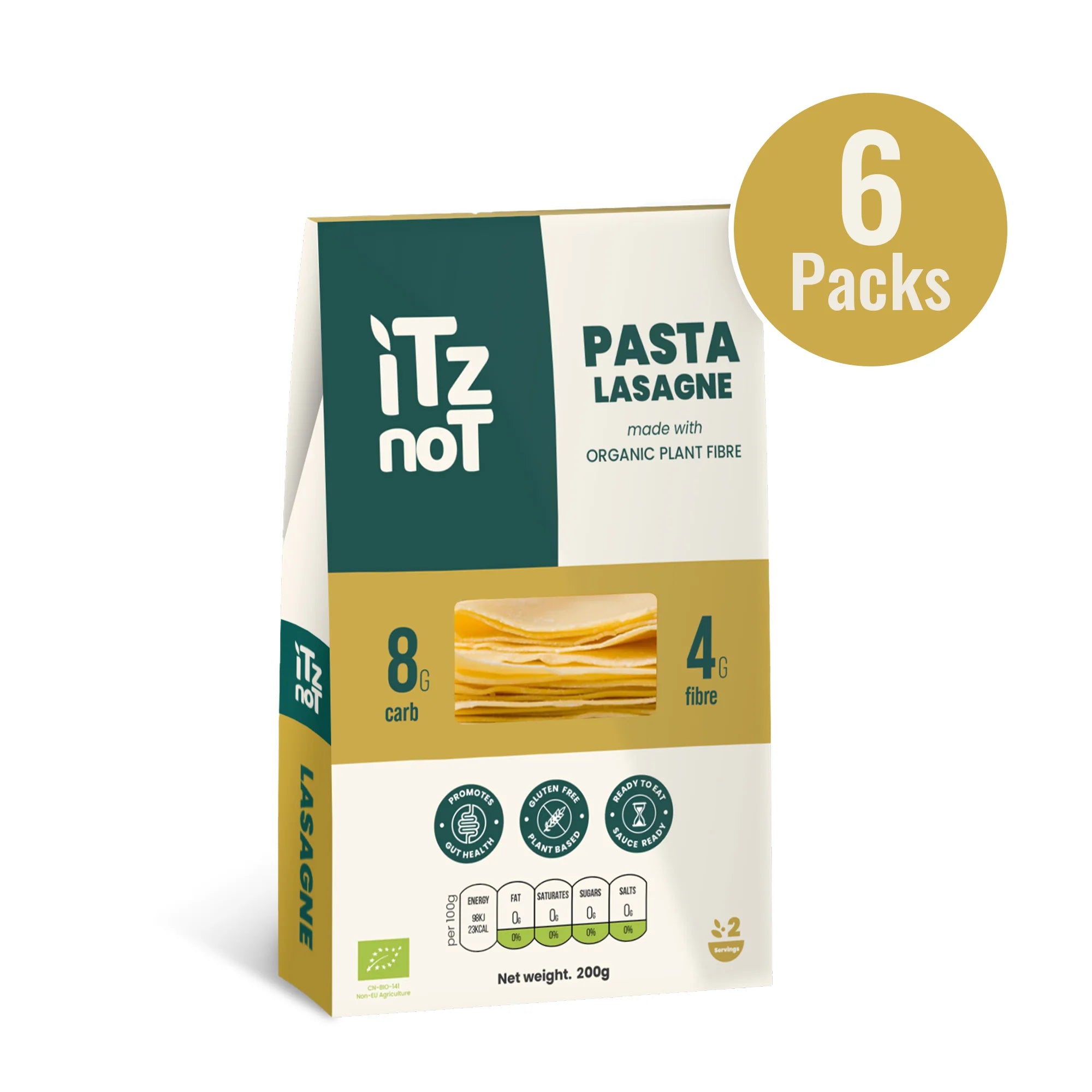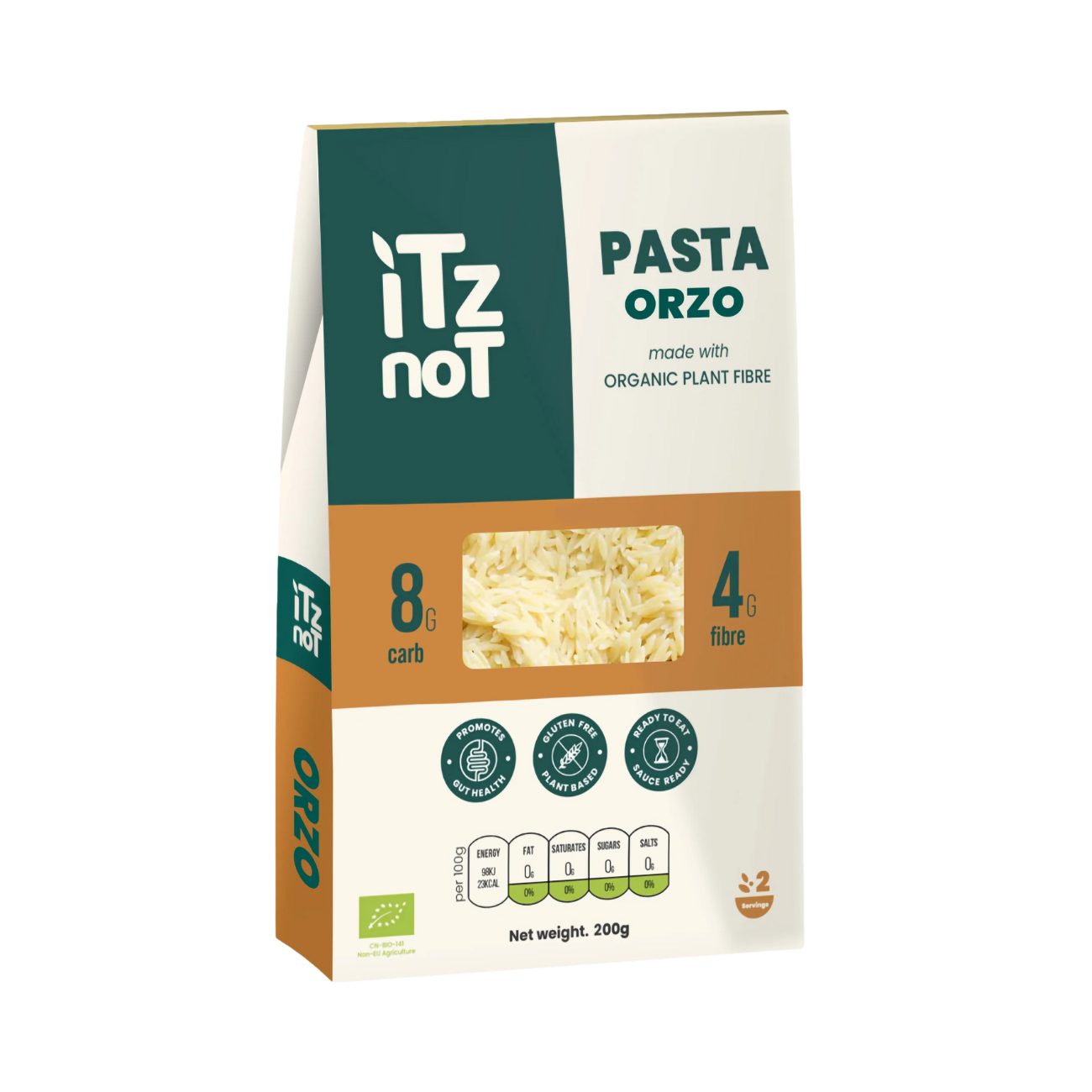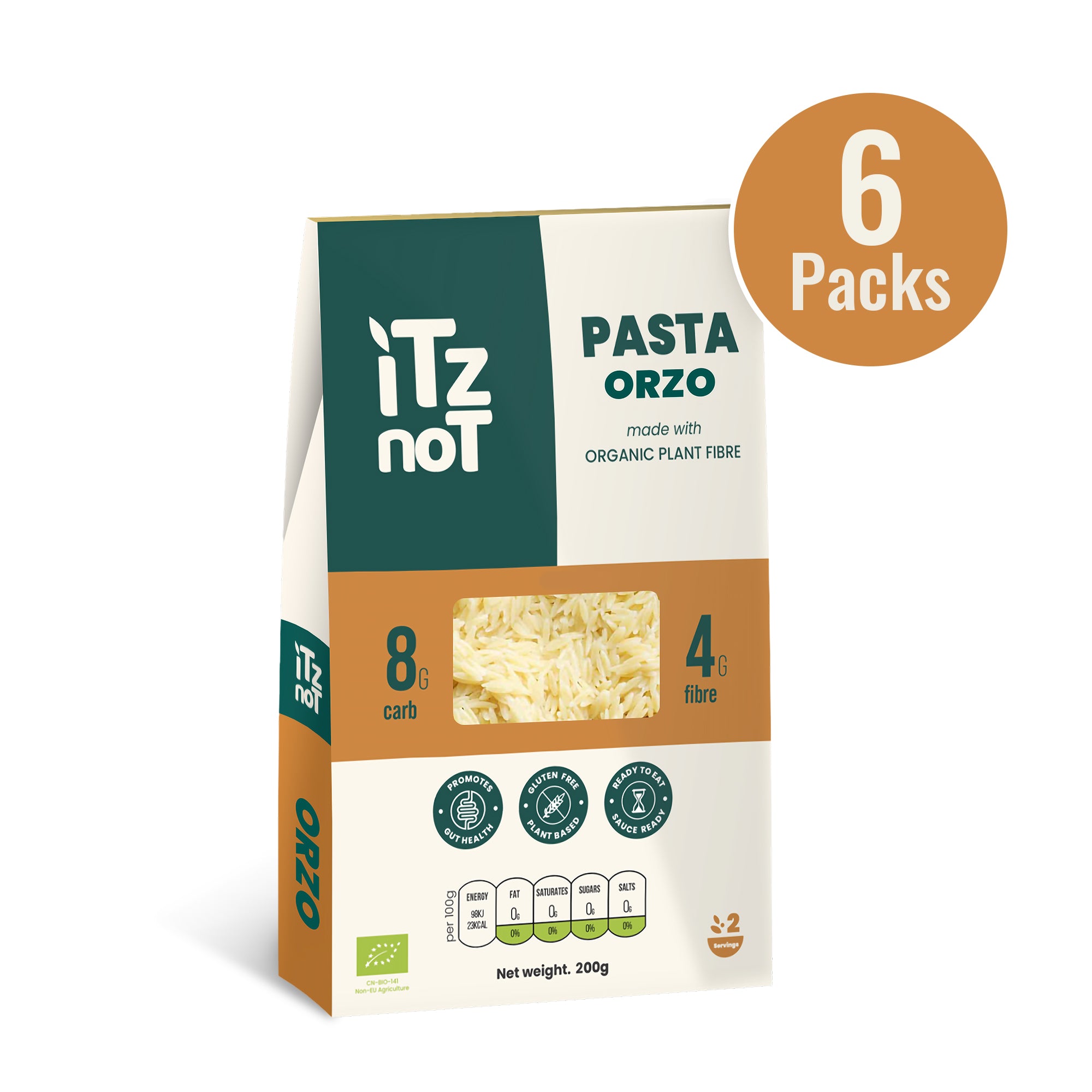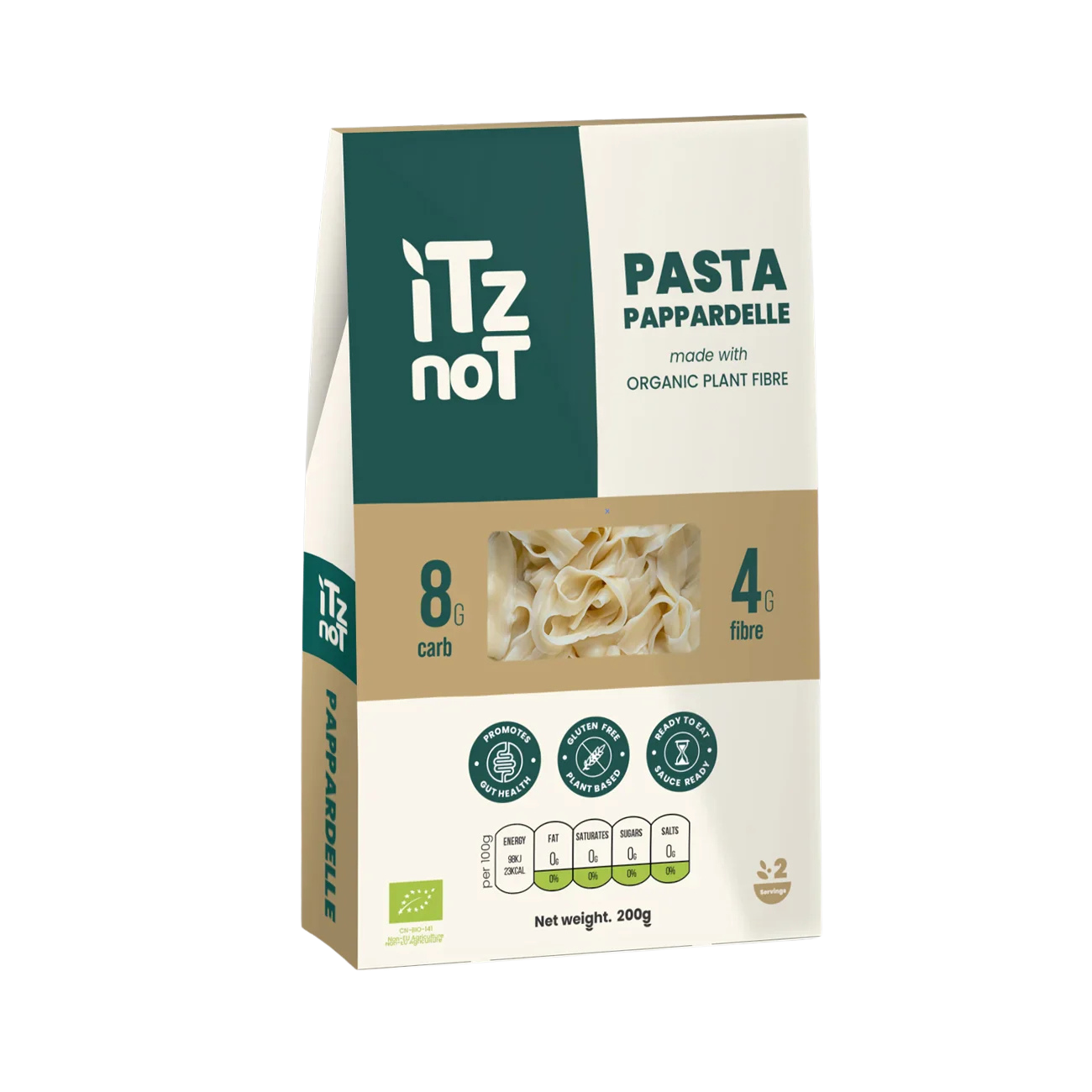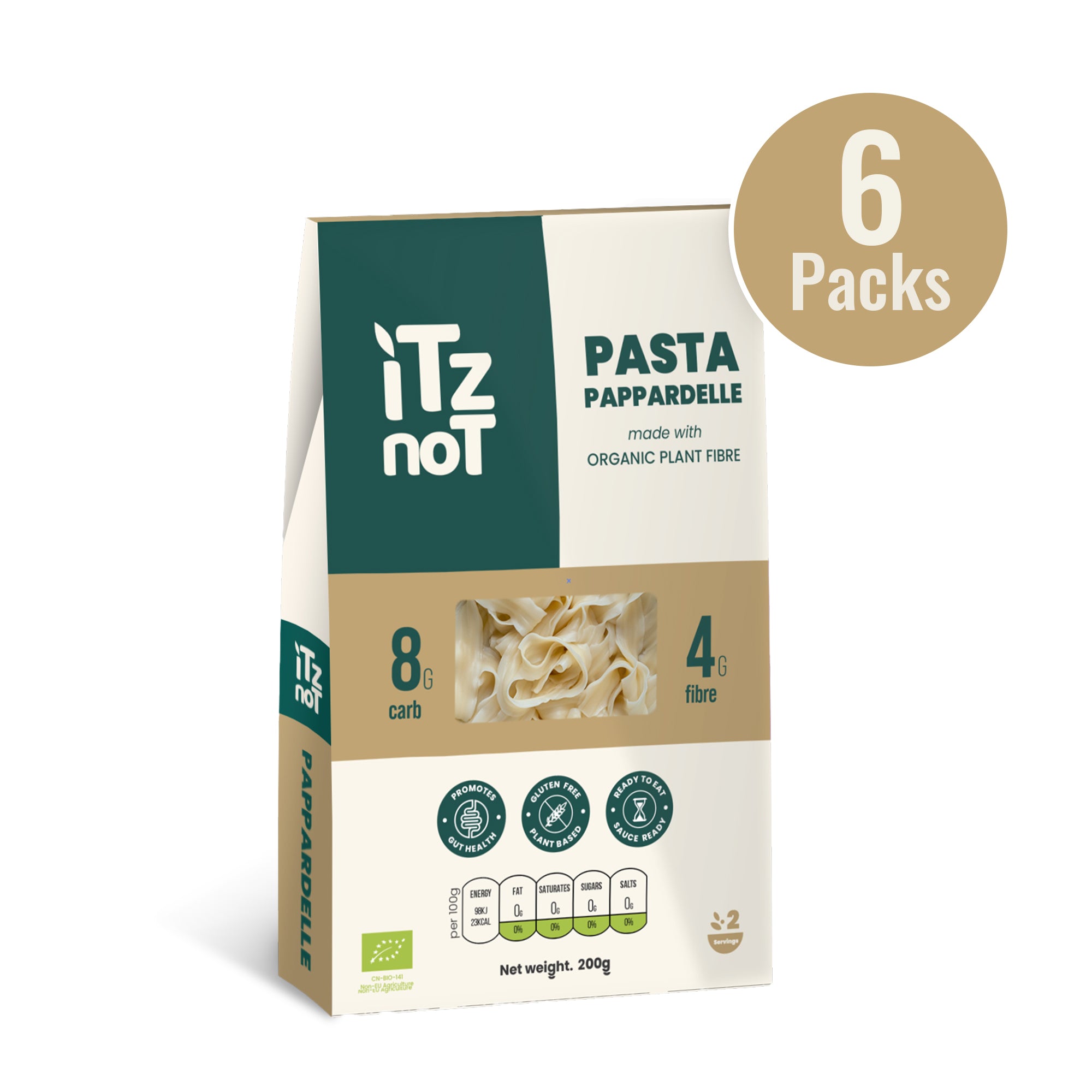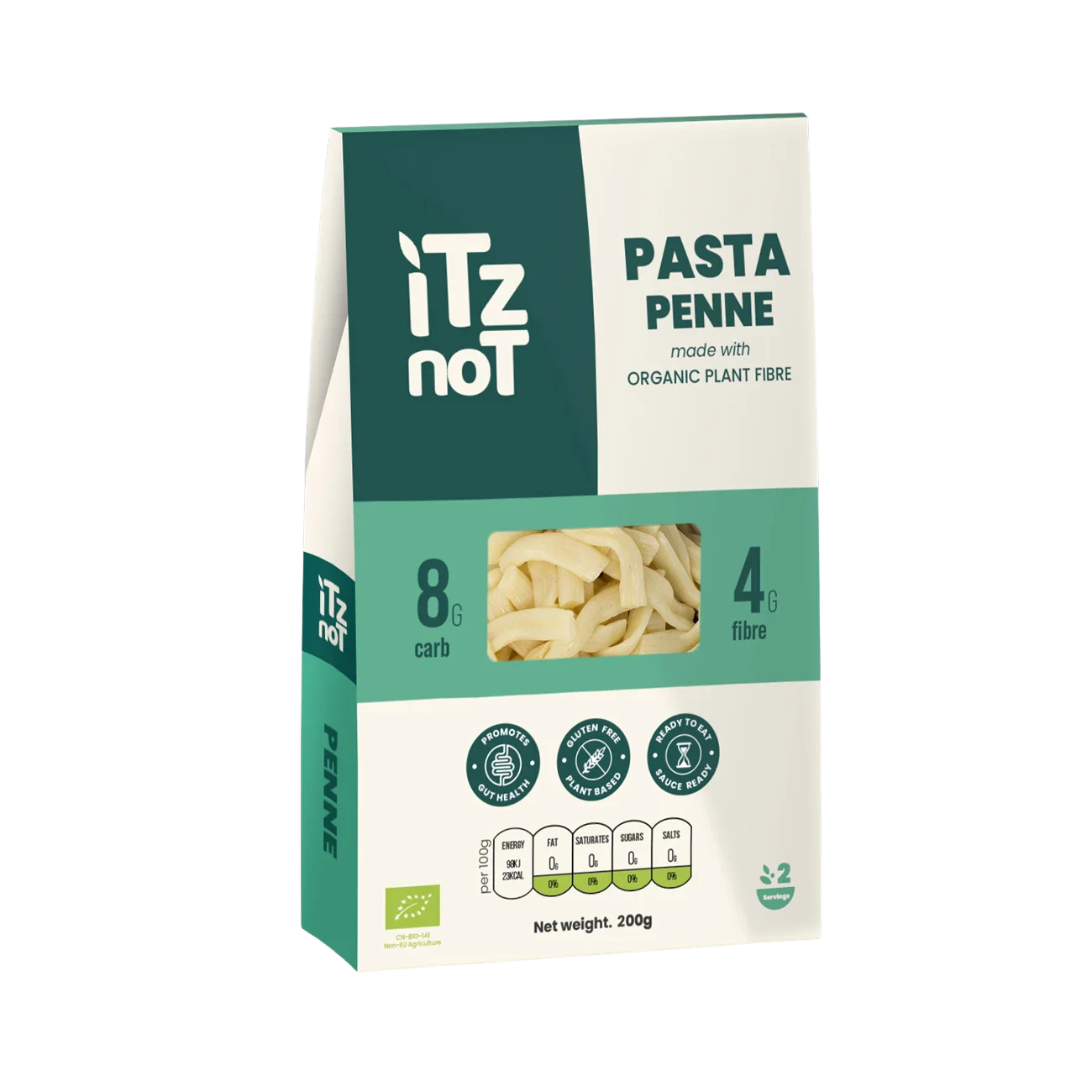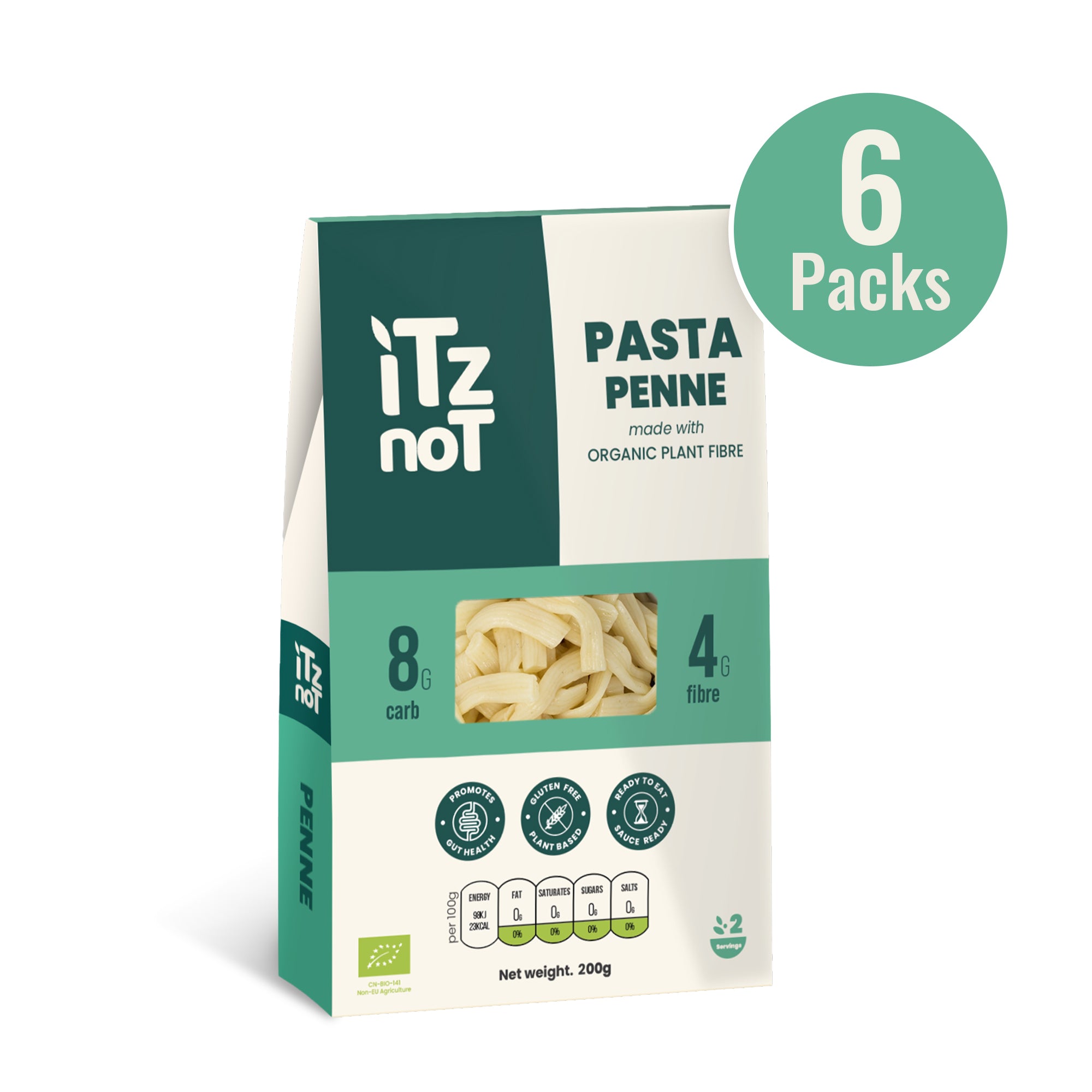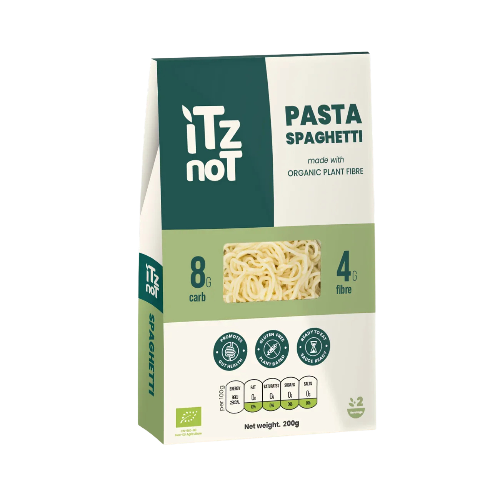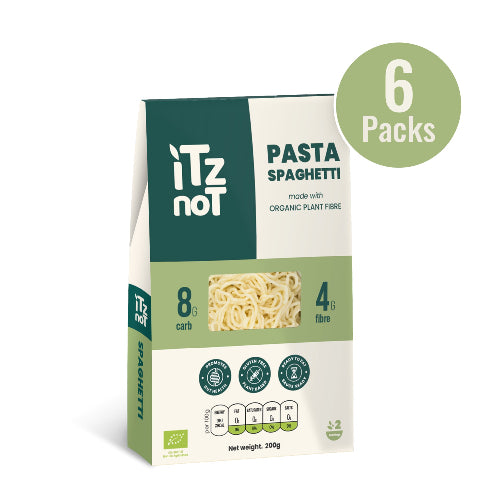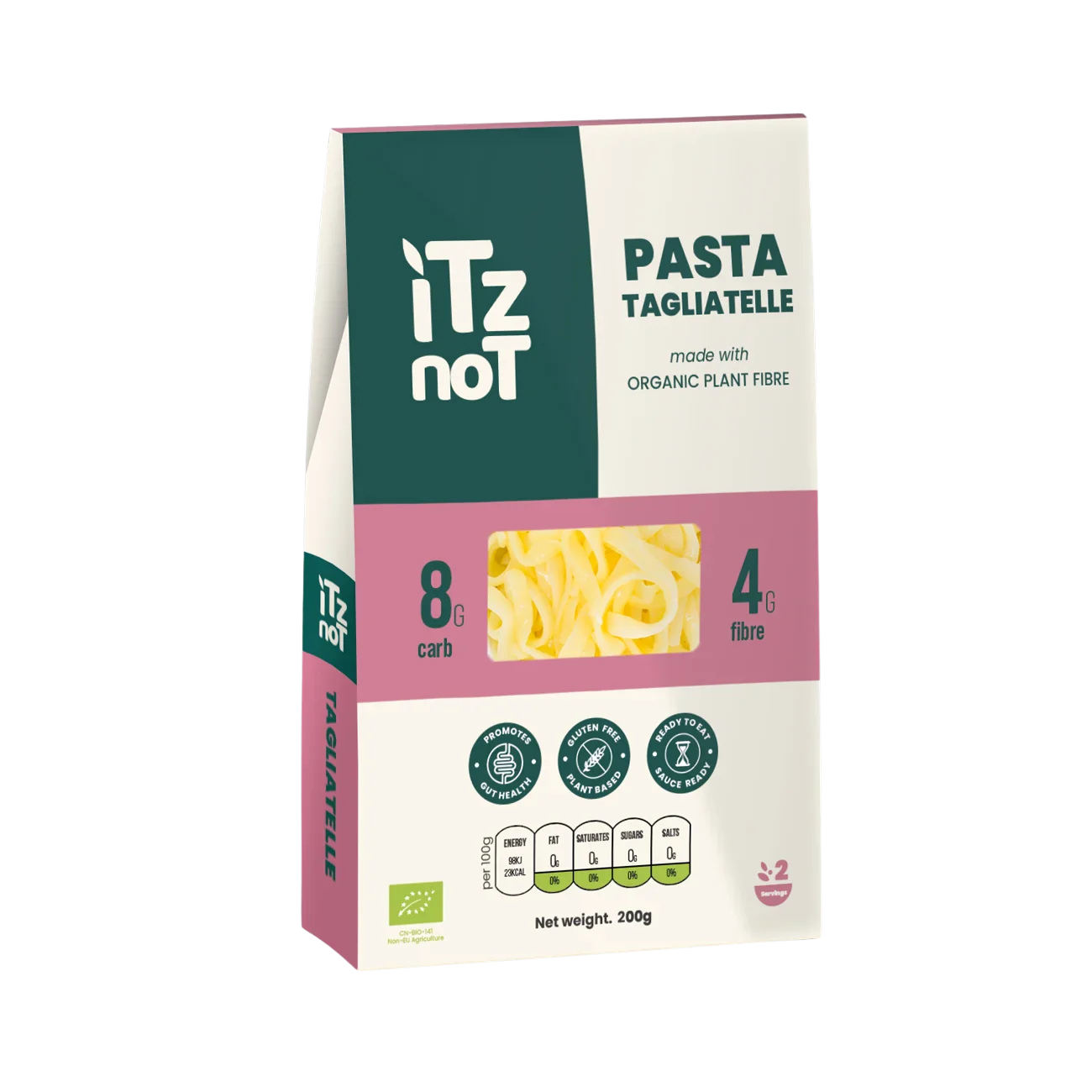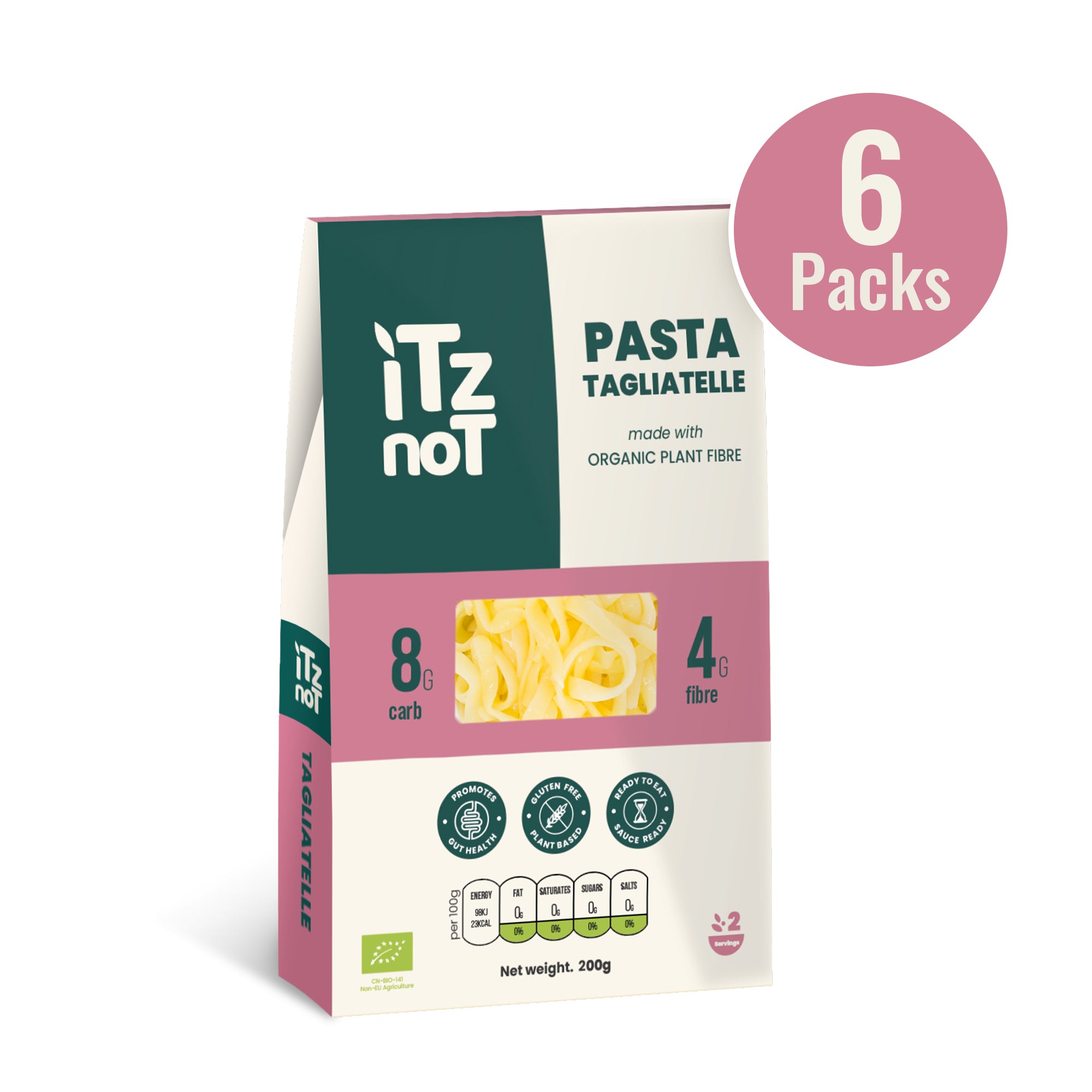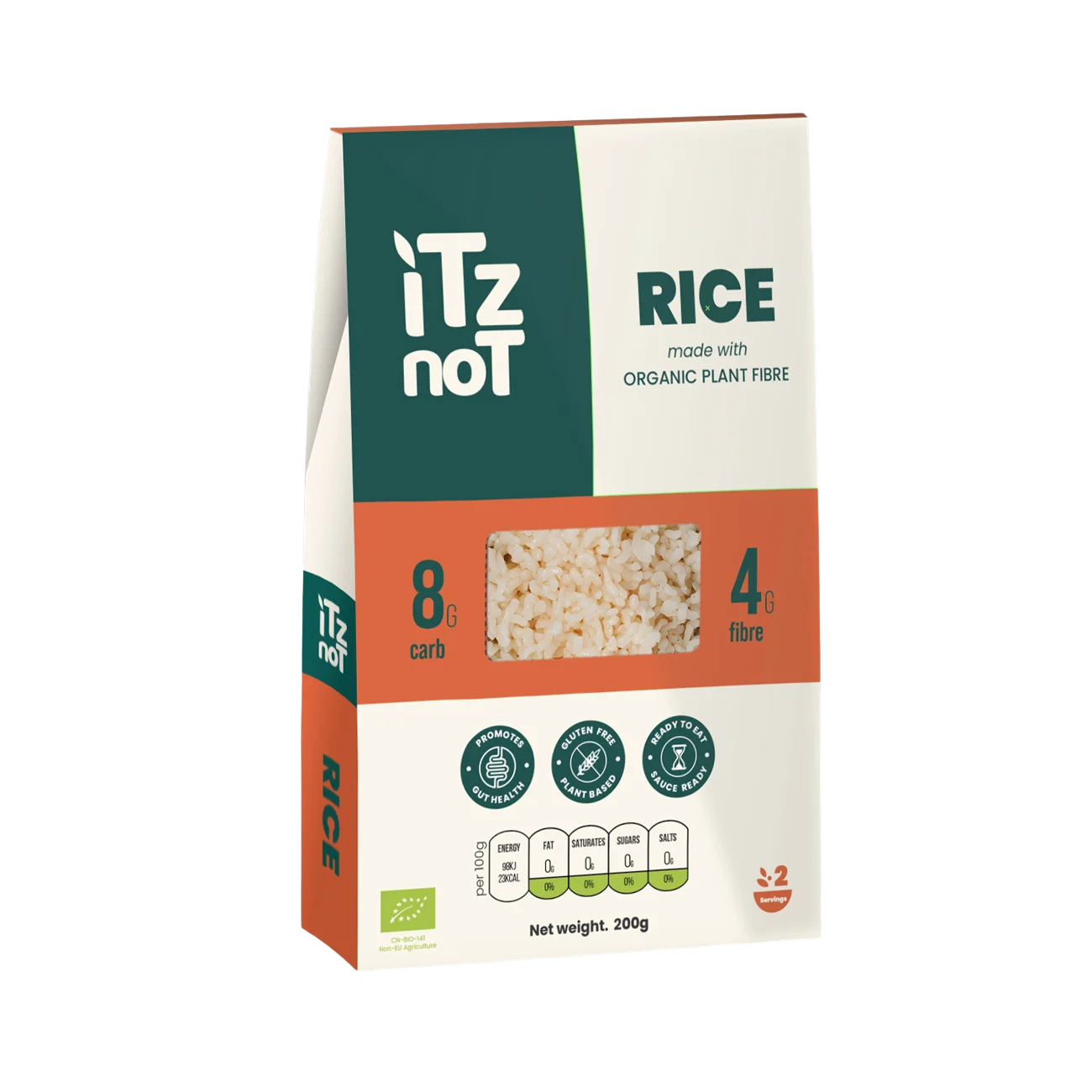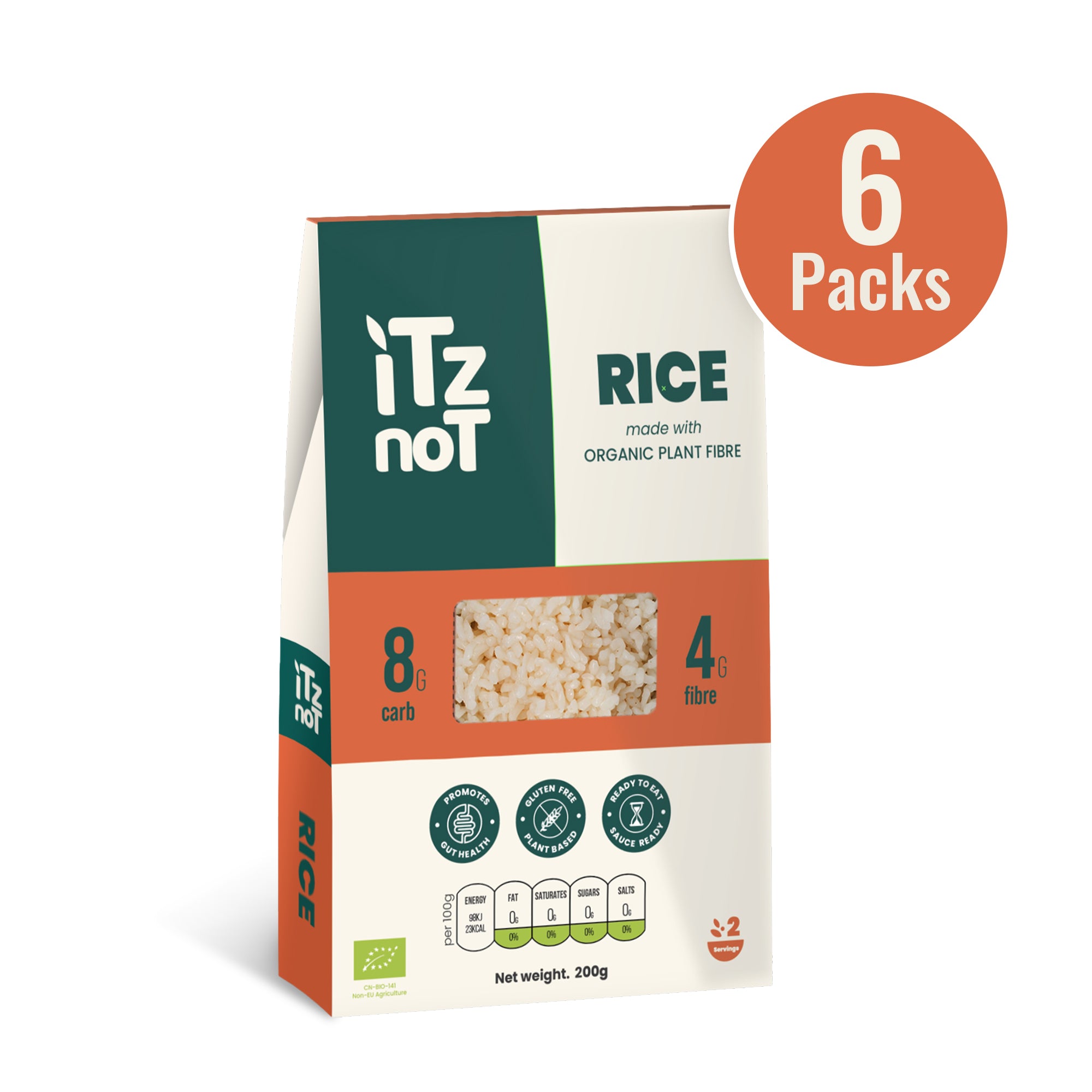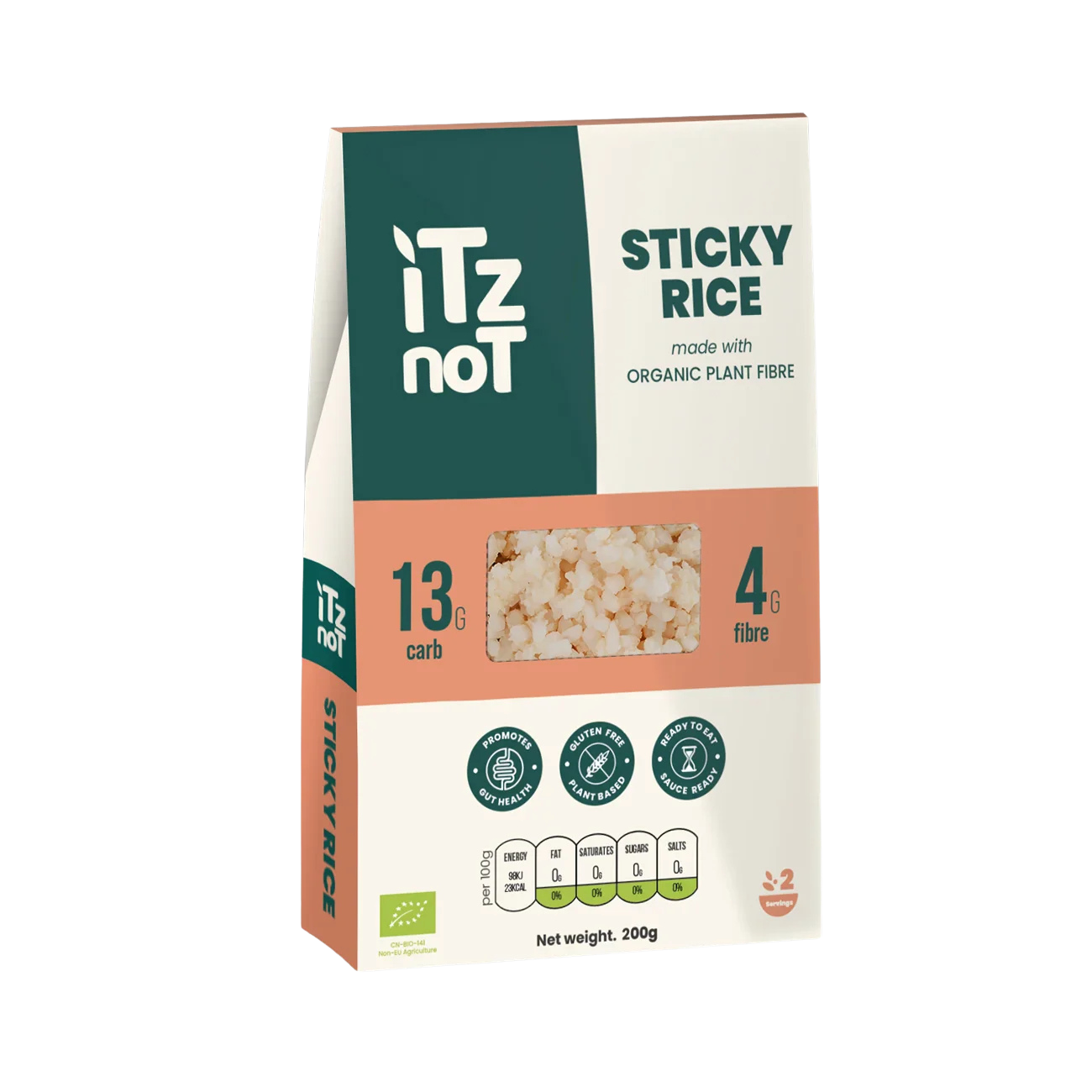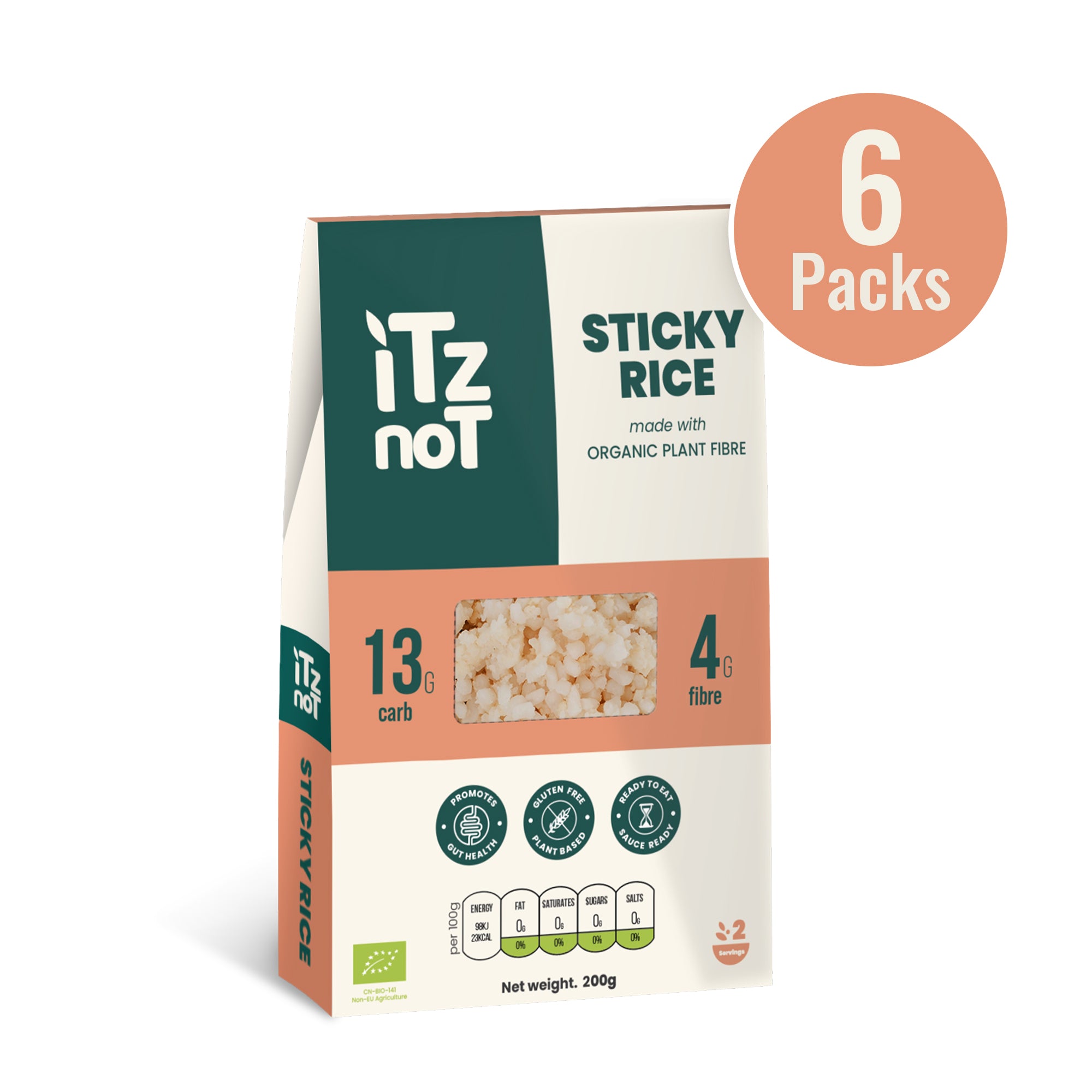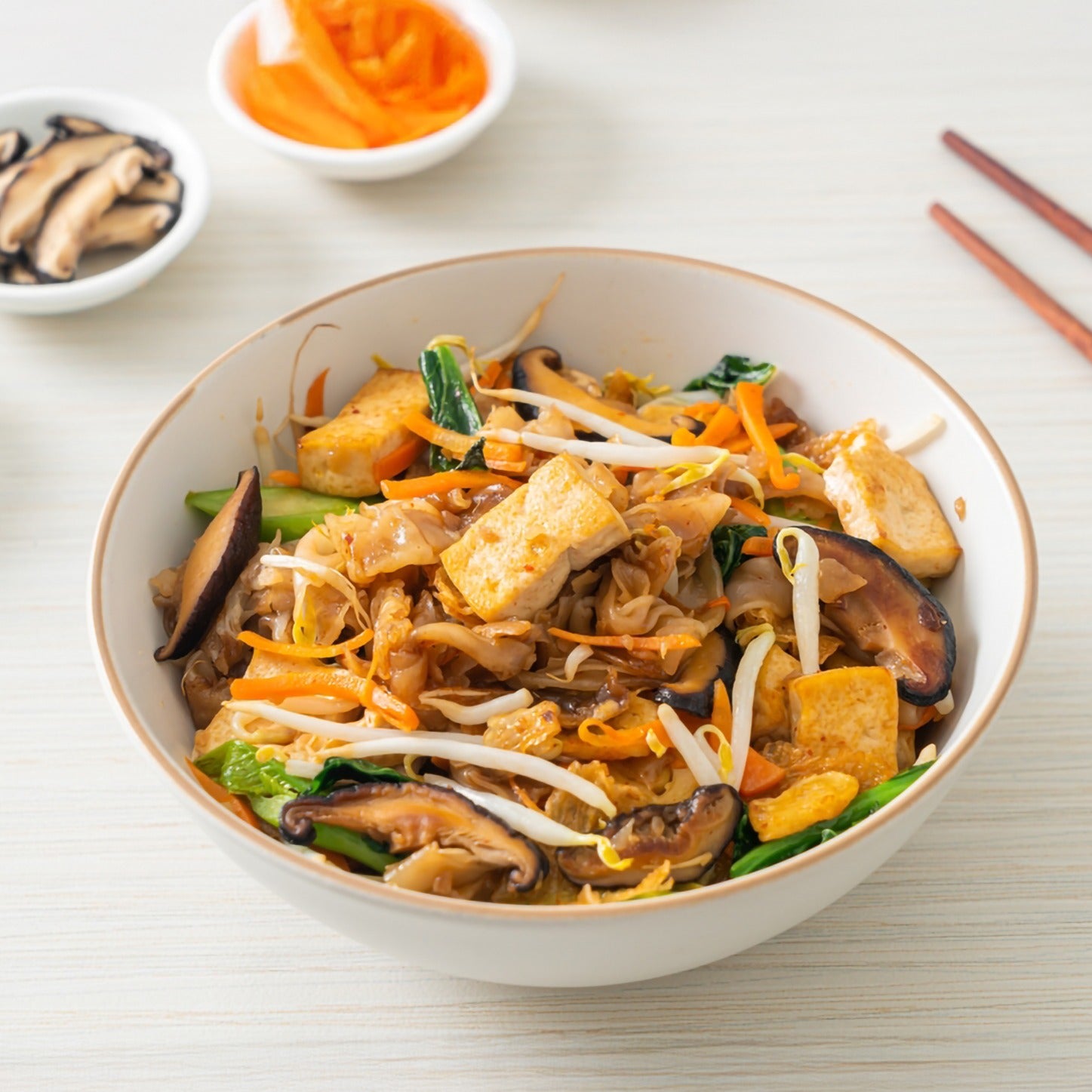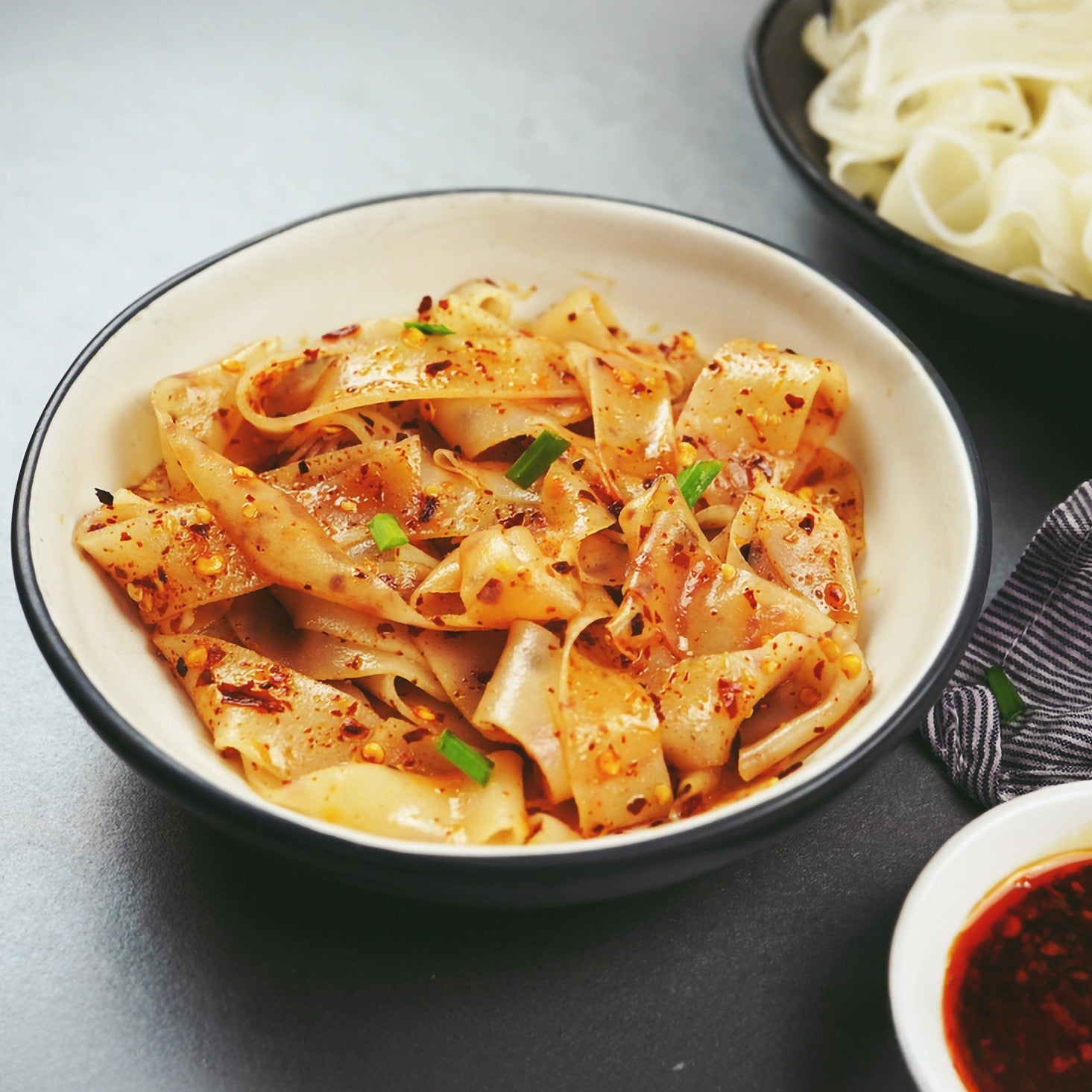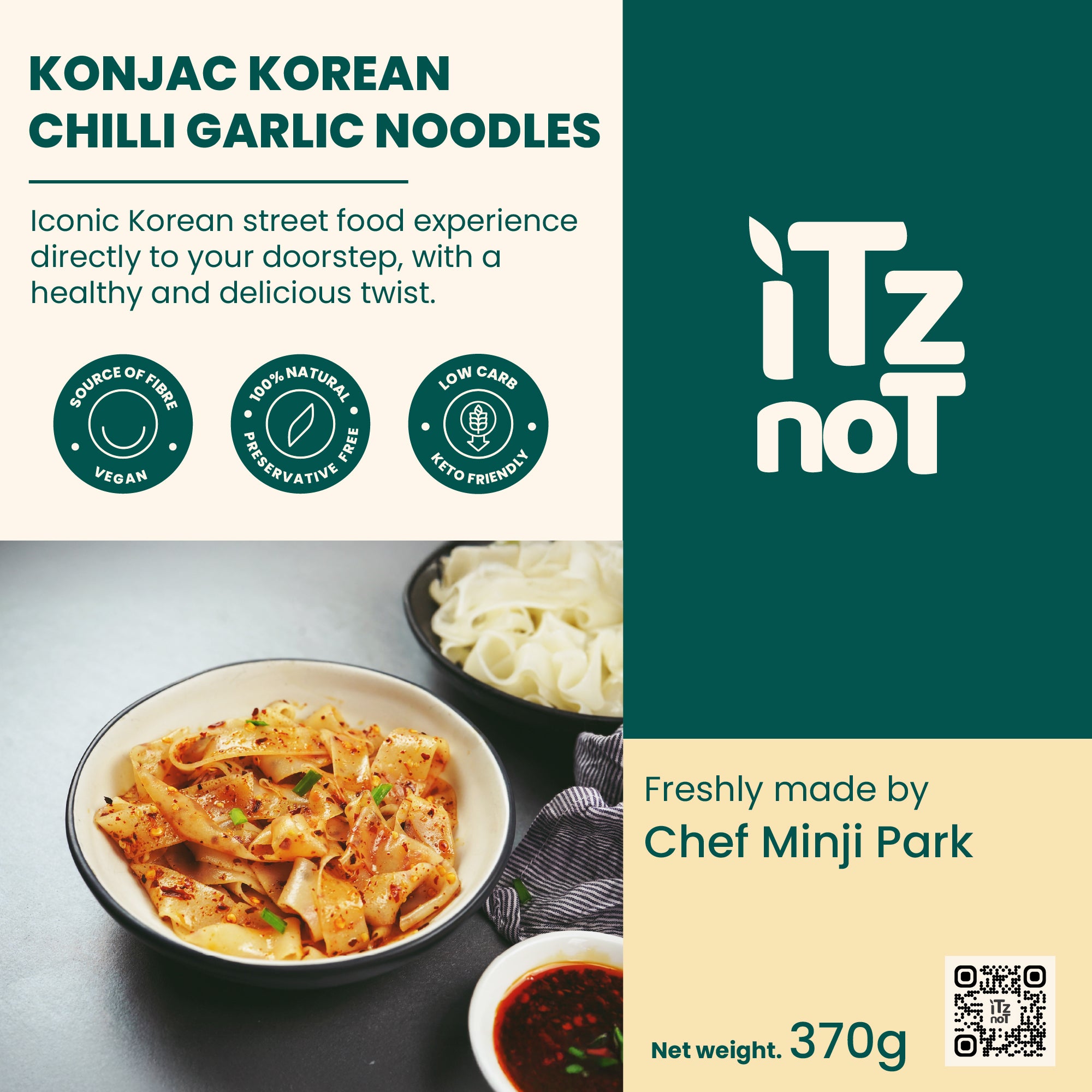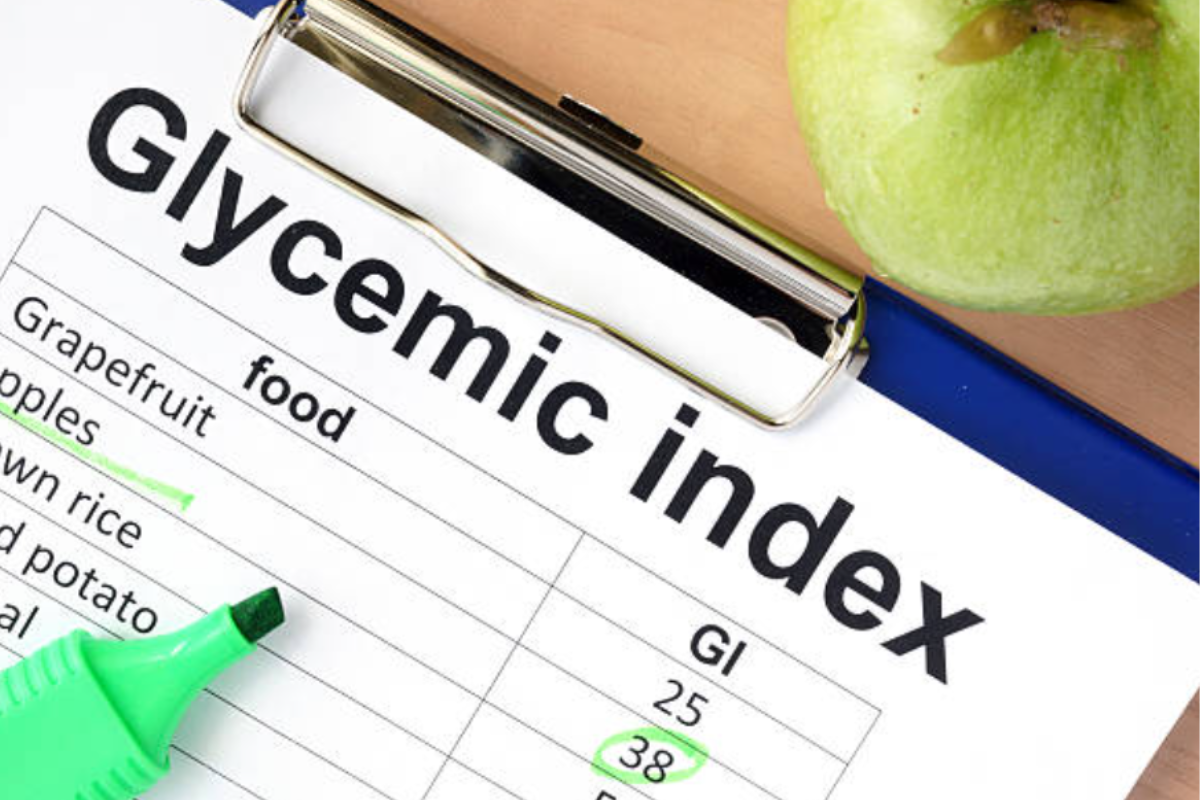
The Glycaemic Index & Weight: Choosing Carbs for Stable Blood Sugar and Fat Loss

The Glycaemic Index & Weight: Choosing Carbs for Stable Blood Sugar and Fat Loss
The world of nutrition is complicated, but often carbohydrates are infamous in the world of weight loss and dieting. But not all carbs are the same. The truth is, maintaining a healthy weight long-term, is much more about the quantity and quality of carbohydrates that you eat. In conclusion, knowing how your body reacts to the different types of fat loss, the Glycaemic Index gives you a perspective that makes it easier for you to make the right choice when consuming it. However, the Glycaemic Index in the context of weight loss may also be a key lever in achieving lasting, energy sustainable and overall healthy results.
The topic’s definition
The same holds for the Glycaemic Index, which is a way of ranking carbohydrate-based foods on a scale from 0 to 100 according to the extent to which they raise blood glucose levels. Every food receives a GI score in comparison to glucose or white bread which is typically assigned a GI of 100.
Glycaemic Index For Weight Loss – Diet Plan
High-GI Foods: White and whole wheat bread, sweetened cereals, and white rice, all of which elicit a rapid and large increase in blood sugar.
Examples of Medium –GI Foods: Include whole –wheat pasta along with rice and granola bars that elevate blood sugar somewhat.
Low-GI Foods: Examples include skin milk and yogurt, most fruits, and fresh pasta, which elevate blood sugar gradually over a more extended period.
Remember, the GI of food may be affected by the method of cooking, ripeness, fibre content, and accompanying food pairs. A related measure is the Glycaemic Load (GL), which includes the GI and carbohydrate amount per serving to provide a better idea of the effect of a food.
How Did GI Influence Blood Sugar and Fat Storage
The key to understanding the glycaemic index for weight loss is how it affects insulin. Eating high-GI foods causes a rapid spike in your blood sugar. As a response, your pancreas secretes a flood of insulin. Insulin is responsible for getting glucose out of your blood and into your cells for energy or storage.
Frequent Insulin Spikes: High spikes of insulin give our body the signal to store excess fat, especially around the waistline. Insulin is a building hormone , and chronically elevated levels can limit your access to stored body fat as energy.
Low Blood Sugar: Insulin has removed glucose from your bloodstream, only to have you experience a "crash" of low blood sugar shortly thereafter. It can steeply drop hormones, which can urge hunger, fatigue, irritability and cravings for more sweets or high-GI everything, creating a ruthless cycle of binging and weight gain.
Steady Blood Sugar: Low-GI foods, on the other hand, cause a more gradual rise in blood sugar and a smaller insulin response. It helps you stay full longer, which reduces cravings and helps your body burn fat more efficiently.
Carbs: Making the Right Choice for Stable Blood Sugar and Losing Fat
Following a low-GI eating plan will not have to suggest that you cut out all carbs; it is all about choosing better choices:
Choose unprocessed carbohydrates: avoid junk food and snacks and focus on the complex ones;
No starchy vegetables (leafy greens, broccoli, Bell peppers, carrots): almost none
Fruits: Berries, apples, pears, oranges, and grapefruit are considered low to medium GI. You must eat them whole with fibre.
Legumes: Lentils, chickpeas, black beans, and kidney beans contain great amounts of low-GI carbohydrates and fibre.
Whole grains: Flavour oats (steel-cut or rolled), quinoa, barley and brown rice over refined white kind.
Pair Carbs with Protein and Healthy Fats: Eating carbohydrates with protein and healthy fats increases digestive time and blunts the blood sugar response, even for some foods with a high GI. Incorporate foods such as avocado on top of your toast or fruit with a handful of nuts.
Fibre is your friend: Naturally, high-fibre foods will have a lower GI as fibre slows the absorption of sugar. It also includes plenty of fruits, vegetables, legumes, and whole grains.
Portion Control Is Key: Low-GI foods will still affect your blood sugar if you eat too much of them. Control your quantities; this is still important.
Cook smart: al dente pasta usually has a lower GI than softer pasta. Some starches (e.g. , potatoes and rice) can also increase their resistant starch content by cooling them after cooking and reheating them before eating, and these have a lower GI.
LOST 20 LBS IN 2 WEEKS: Even MORE HEALTH Advantages
The benefits of focusing on low-GI carbs go beyond fat loss. II: Eating from the low glycaemic index score foods can also be able to:
Lower the Risk of Type 2 Diabetes: Cortisol Balance has the potential to improve insulin sensitivity by stopping chronic blood sugar spikes.
Boost Heart Health: Aids in cholesterol balance and reduces cardiometabolic risk factors.
Enhances Satiety — Makes you so full that you eat fewer overall calories.
Increase Energy: More stable energy throughout the day without the crash associated with high-GI foods.
When you choose to eat low-GI carbohydrates and not just random low-GI food, you are not just creating a temporary low-GI diet for weight loss; you are creating a sustainable pattern of eating in the long term for stable blood sugar, stable energy, and health. It's all about giving yourself the tools to choose better food EVERY DAY!
